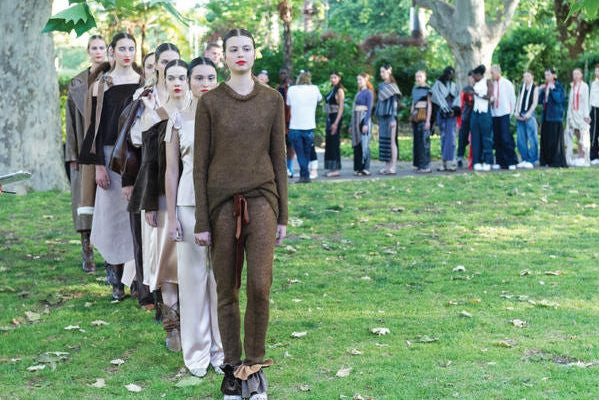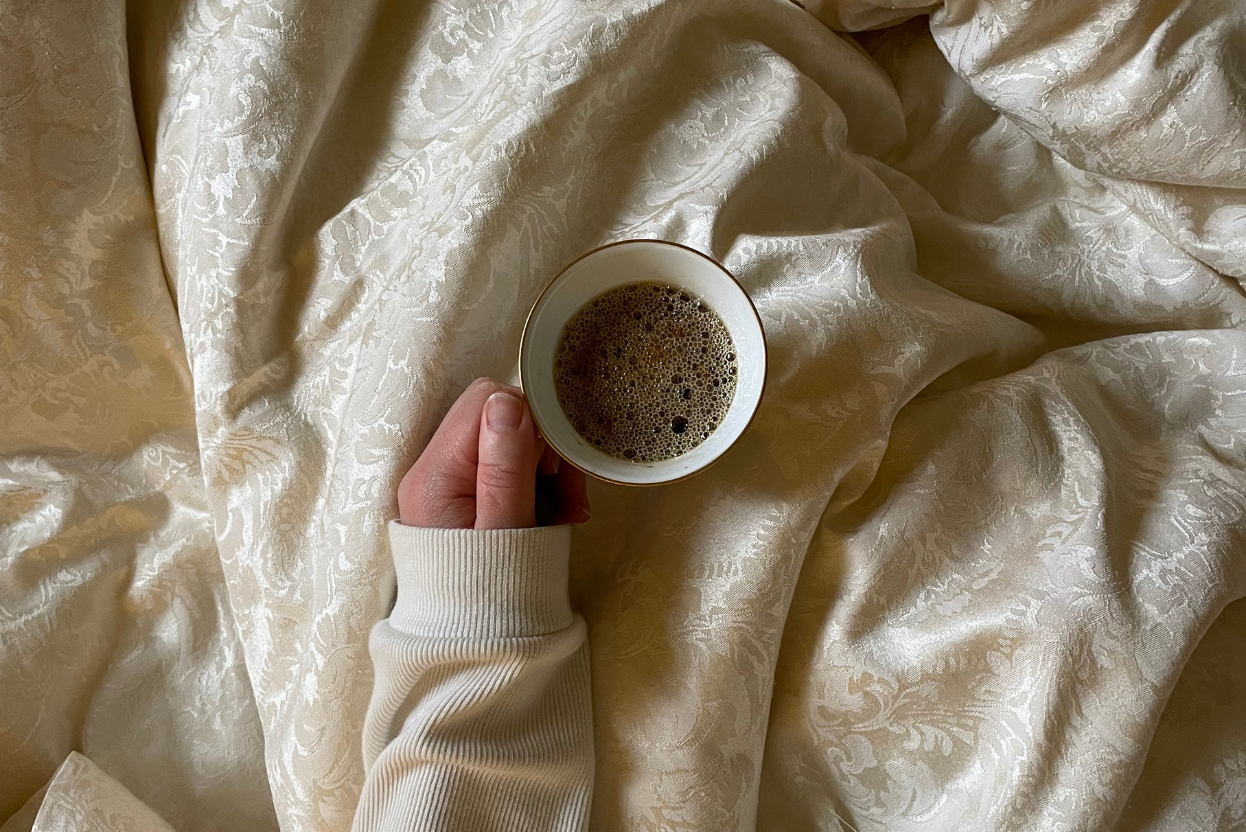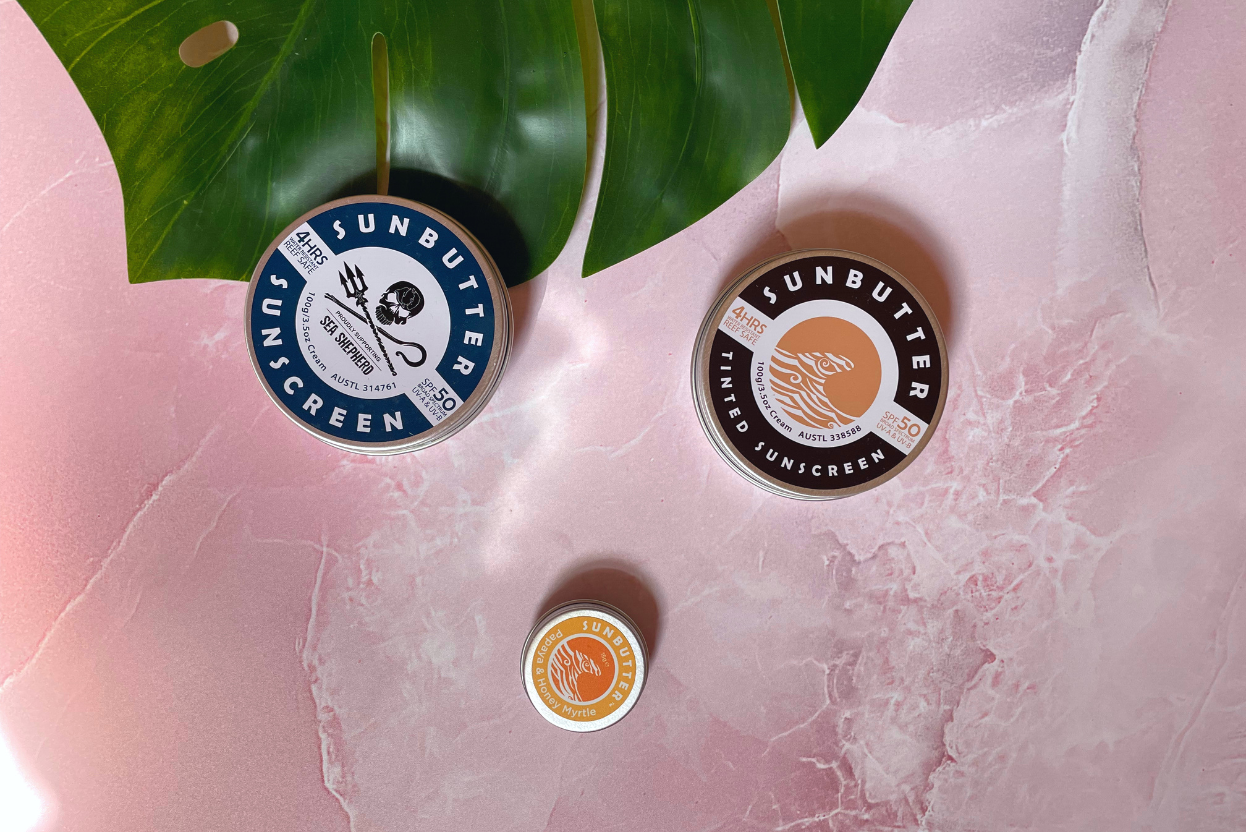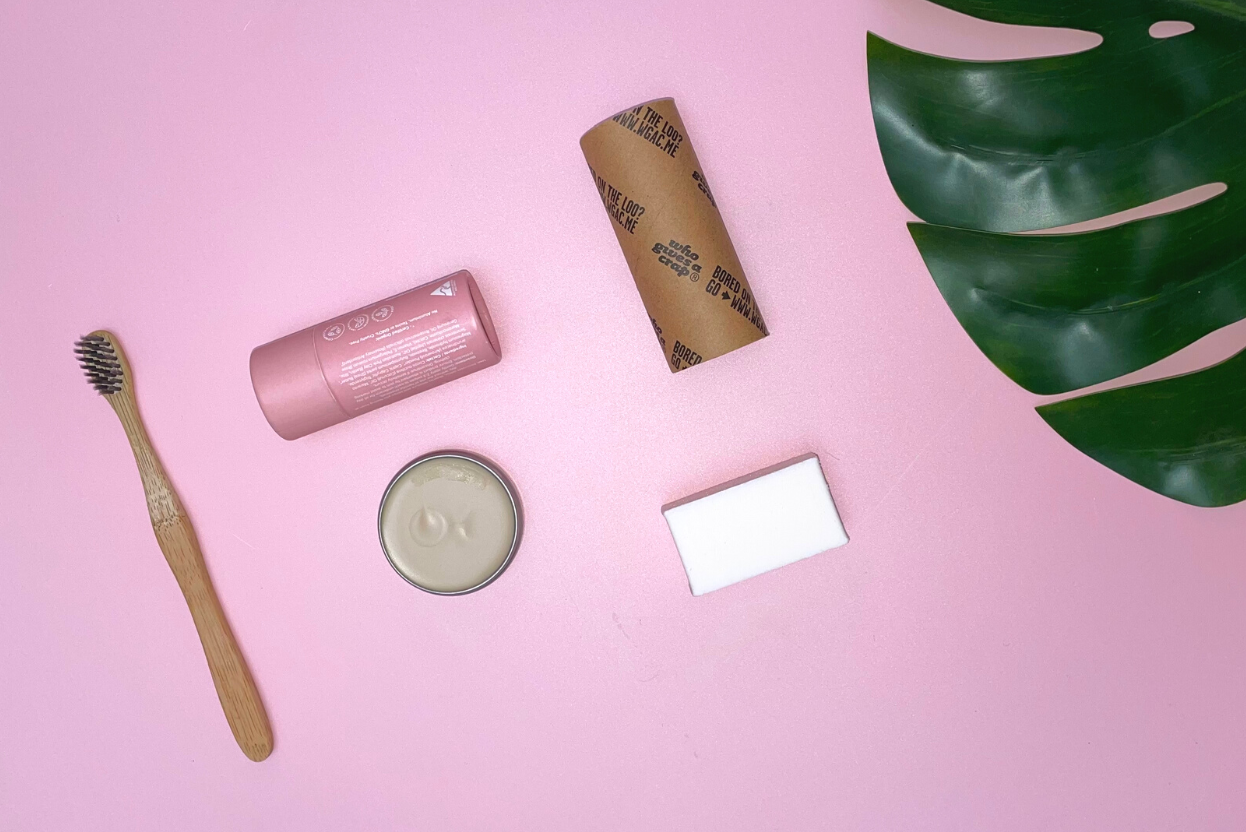Six unique and diverse designers from RMIT’s Master of Fashion (Design) launched their original collections at MPavilion on Wednesday 16 November, challenging the format of a traditional fashion show by reflecting notions of cultural processions, rituals and festivals.
Vibrant colour and structure, texture, whimsical draping, romantic silhouettes and striking embellishments were just some of the key elements showcased at ‘CLASH’. Held under the bamboo-roofed hut of MPavilion, the showcase was nothing short of a spectacle, helped by the warm spring afternoon sun, swaying trees and lush greenery at Queen Victoria Gardens.
Spirits were high, tropical beverages were adorned with minty garnishes, and ambient electronic beats pulsed out of speakers; ‘CLASH’ delivered an electrifying and thoroughly fashionable welcome to the season ahead.
Graduates Hugh William Stewart, Alexandra Deam, Aseka de Silva, Paul Castro, Ruvini Jayasekara and Sarah Hope Schofield presented collections relating to this year’s central theme, ‘CLASH’, celebrating each designer’s differences in identity as individuals and as designers.
Interpreting social engagement within fashion, designers made use of found, surplus or discarded clothing to illustrate a pertinent measure of how emerging fashion practices are addressing concerns that face the industry.
Hugh William Stewart’s collection ‘TRANSITIONAL’ draped over models in deep browns and dusty pinks with feminine bows and billowing satin. Combining heavy brown corduroy with soft, shimmering pinks, delicate brown wool, and brown leather-hide boots, Hugh William Stewart’s collection effectively balanced contrasting aesthetics; romantic and robust, feminine and strong.
Alexandra Deam’s collection ‘DIS/OWNED’ presented ‘innerwear as outerwear’, delivering lingerie with a distinct unique twist; bra straps and underwire featured outside clothes in unexpected and dizzying ways, over button-down shirts and in the folds of skirts, on dress backs, and even (memorably) darting cheekily out of the crotch.
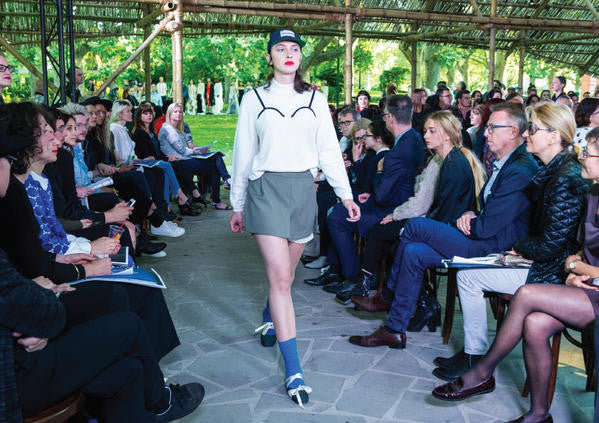
Aseka de Silva explored the use of armour within her collection ‘BODY LANGUAGE’, sending her models down the runway like an army of tribal mermaid warrior princesses. Experimenting with varying shades of blue, silver and navy, Aseka completed her looks with impressive waxed tops and hanging structural sheaths of fabric, demonstrating a ‘protected’ aesthetic and nether-worldly feel.
Paul Castro’s ‘AMASSMENT’ collection was an eclectic and daring throwback to early noughties street wear. Castro reconstructed urban classics like baggy drop-waist denim jeans, gypsy skirts and cropped shirts by literally sewing multiples of the same garments together haphazardly. A billowing white dress composed of a patchwork of white cotton shirts, their original tags still attached and trailing on the floor, was a powerful and ironic statement on ‘fast fashion’ and over-consumption in an industry that faces the ever-looming threat of fashion conglomerates daily.
Ruvini Jayasekara’s ‘BETWEEN THE FOLDS’ worked an Elizabethan twist into ‘80s pops of colour, vibrant florals and black and white vertical stripes, experimenting with forays in pleats, folds, metal wiring and beading. The result was an elegant and spectacular take on eveningwear, as geometrically mind-boggling as it was beautiful.

Finally, Sarah Hope Schofield’s aptly titled ‘MASTERS COLLECTION’ closed the show with models striding down the runway like glitzy Spanish bullfighters: mysterious, masculine and refined in suits of punchy reds, pinks and blacks, with wide-brimmed hats tipped over their eyes. Schofield’s intricate embellishing was a showstopper, painstakingly detailed and skillfully executed.
As a collaborative collection, there was a definite sense of an ‘anything goes’, devil-may-care attitude that lay at the heart of ‘CLASH’. Impeccable beauty direction was created by global brand MECCA Cosmetica, who transformed the models, capturing the diverse, fresh and vibrant collections with bare eyes, strong red lips and half-finished, slicked hair – an undone beauty that implies carefree womanly confidence.
Off the runway saw a similar theme; attracting academic and fashion crowds alike, an eclectic mix of trends featured among the throngs of spectators. Unsurprisingly, athleisure reigned supreme, as did 80s and 90s throwbacks, frayed denim and futuristic footwear.For more information about RMIT or the Master of Fashion Design course, visit rmit.edu.au.
The Fashion Advocate x

